When the weather changes, viruses and bacteria develop, making it easy for children to get sick. In addition, because children's immune systems are weak, they are susceptible to infectious diseases, including coughs, runny noses, fevers, flu, etc.
Below are some common diseases in children during the changing seasons:
Flu
Influenza is caused by viruses, transmitted directly from sick people to healthy people through droplets when talking, coughing, sneezing... Influenza is usually benign but can also have serious complications, causing danger in people with weakened immune systems, especially children.
When children have the flu, they may have fever, stuffy nose, sore throat, cough, sneezing, and body aches. In particular, the child will be especially uncomfortable when the stuffy nose and runny nose symptoms last longer than other symptoms. If not properly cared for and treated, the disease can cause pneumonia, myocarditis, encephalitis, myositis, rhabdomyolysis, respiratory failure...
To prevent flu in children, you need to always keep them warm when the weather changes (especially newborns), especially important areas such as feet, hands, chest, neck, and head.

Children with the flu may have fever, stuffy nose, sore throat, cough, sneezing, and body aches.
Limit your baby's contact with many people, especially those showing signs of flu. Give your baby warm water to drink, avoid eating food taken directly from the refrigerator, ice cream, ice.
Respiratory tract infection
Respiratory tract infections often occur during the changing of seasons, when the weather turns cold and the humidity in the air drops. Children can get this disease about 6 to 8 times a year.
The disease is transmitted through the mouth, saliva, hand contact and eating utensils. Children may have sudden high fever, headache, chills, body aches; sore throat, cough, fatigue; loss of appetite, difficulty breathing, mild diarrhea... When seeing these symptoms, parents need to take their children immediately to a medical facility for examination and treatment.
Rash fever
Rash fever in children is usually caused by measles virus or rubella virus. The disease caused by measles virus is also called scarlet fever, the disease caused by rubella virus is also called roseola. Rash fever is usually transmitted through the respiratory tract, when the baby breathes the same air source as the sick person. This is a viral infection, so the symptoms can only be treated.
When having a rash fever, children show signs of fatigue, headache, runny nose, sore throat, conjunctivitis, and small hemorrhagic spots may appear on the lining of the palate. Two swollen and painful lymph nodes will appear near the sides of the neck, behind the ears. The child's skin will have tiny red spots on the face, which then spread quickly to the entire body and limbs. The child has a fever and a red rash all over the body, most on the trunk and limbs.
When seeing children showing signs of suspected rash fever, parents need to take them to a medical facility for examination and accurate diagnosis because the disease can easily be confused with dengue fever.
In addition, mothers should limit their children's exposure to environments that can easily cause disease, and isolate them from children and adults who have rash fever, measles, etc. Conversely, when children are sick, parents should also isolate them from people around them to avoid infecting others. When children are sick at school age, they should notify teachers so that they can take proactive measures to prevent it.
In summary: When the weather changes seasons, the environmental temperature changes suddenly, the temperature difference between day and night is large, the humidity decreases, etc., causing resistance to decrease, and those with weak resistance or those who cannot adapt quickly, such as children, are susceptible to illness.
On the other hand, the above-mentioned environmental changes are also very favorable for bacterial and viral pathogens to develop and spread, increasing the risk of human disease. Therefore, to prevent diseases for children during the changing seasons, it is necessary to implement the following measures:

Ensure personal hygiene, wash hands regularly with soap to prevent disease.
2. Ensure nutrition, give children a balanced diet of nutrients: starch, protein, fat, vitamins and minerals, eat lots of fruit to help the body increase vitamins and improve resistance.
3. Ensure personal hygiene, wash hands regularly with soap, clean nose and throat daily with salt water.
4. Ensure environmental hygiene, keep your home and surrounding living environment clean and airy.
5. Keep children warm when riding a motorbike or going out at night. Pay attention to keeping feet, hands, chest, neck, and head warm.
6. Minimize children's contact with people showing signs of infectious diseases such as flu, respiratory diseases, diarrhea, etc.
When children show signs of suspected illness, they should go to a medical facility immediately for examination and timely treatment. They should not self-treat at home.
Source: https://giadinh.suckhoedoisong.vn/3-benh-tre-hay-gap-luc-giao-mua-va-cach-phong-tranh-172241027180548913.htm





![[Photo] Prime Minister Pham Minh Chinh meets with Hungarian President Sulyok Tamas](https://vphoto.vietnam.vn/thumb/1200x675/vietnam/resource/IMAGE/2025/5/29/dbcaa73e92ea4448a03fe1d0de6d68e8)
![[Photo] Vietnamese and Hungarian leaders attend the opening of the exhibition by photographer Bozoky Dezso](https://vphoto.vietnam.vn/thumb/1200x675/vietnam/resource/IMAGE/2025/5/29/94d8ceca5db14af3bf31285551ae4bb3)






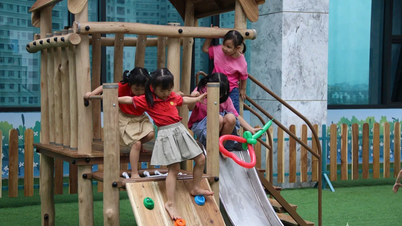

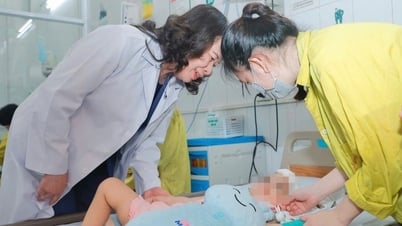

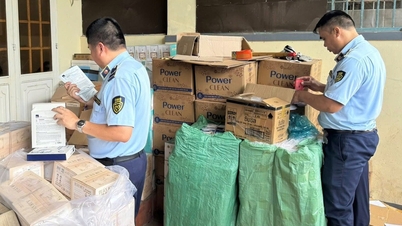











![[Photo] Prime Minister Pham Minh Chinh receives a bipartisan delegation of US House of Representatives](https://vphoto.vietnam.vn/thumb/1200x675/vietnam/resource/IMAGE/2025/5/28/468e61546b664d3f98dc75f6a3c2c880)









































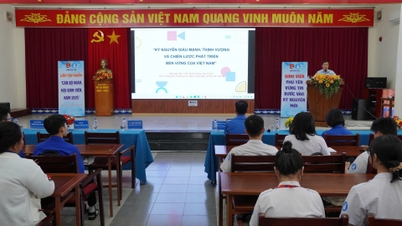



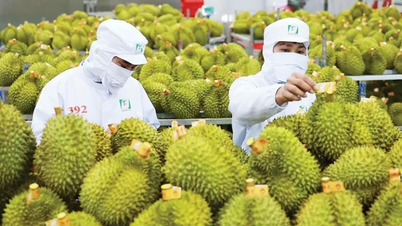











Comment (0)